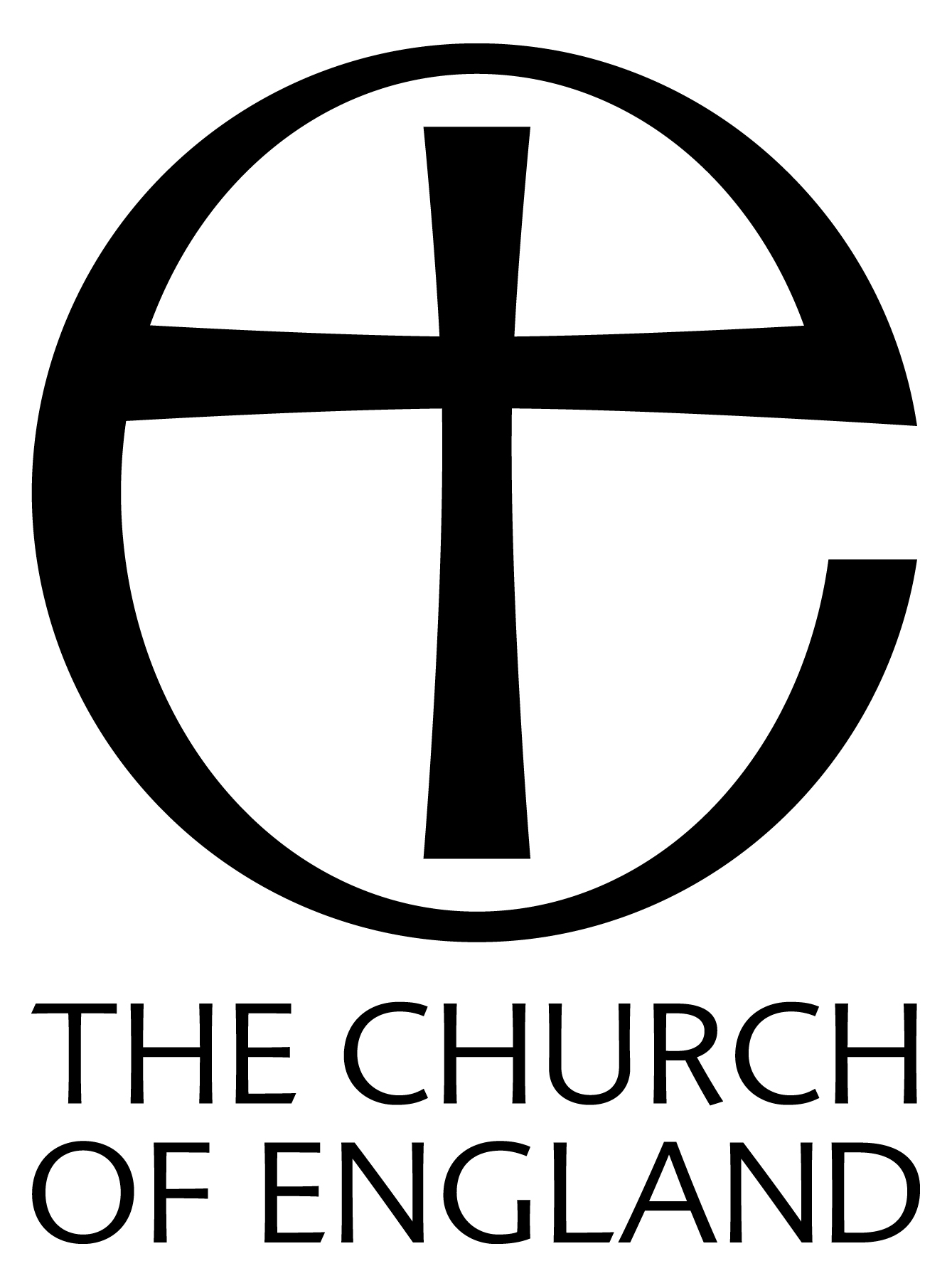Reproduced from
DRYPOOL -
Being a History of the Ancient
Parish of Drypool cum Southcoates
by M. Edward Ingram (1959)
by M. Edward Ingram (1959)
| < < < | > > > |
|
As at Scu1coates, service was held only once a month, "as by Law required, and I do not find that it was performed oftner." Religious life, however, was by no means dead. The Sacrament was administered four times a year, there being about 45 communicants, a good number for 23 families. When Robinson died in 1758, he was succeeded by William Huntington, who had been at Ferriby and Kirk Ella since 1735. There is rather more of interest in Register IV. A Terrier of 1786 shows the meagre furnishings of the church. There was" a Surplice, a pulpit Cushion, a Pewter Flaggon, a silver Cup, a Silver Plate, one Bell," none of which seem to have survived. The screen had disappeared after Archdeacon Oering's visit in 1720, and the chief object of interest would be the three-decker pulpit, furnished with its red cushion. Since the church was small, this was probably placed at one side of the nave. The living was endowed by glebe in Withernwick (Mickle Hill Close), and Beeford, both of which had been purchased by Queen Anne's Bounty to increase the endowment. In addition, Charles Poole, the Lay Improprietor, paid £10 yearly, and James Young of Southcoates had left £20 to endow a sermon on Christmas Day. The Incumbent was also due at Easter to "a Composition of one shilling paid for each house." The Clerk had a similar composition of sixpence. These have never been abolished. The Stamp Act of 1783 granted a duty of 3d. on every entry in the Church Register, and this remained in force |
During the eighteenth century there were two events which completely changed the face of the parish. From time to time there had been a number of small enclosures, but not until the Enclosure of Summergangs in 1748 followed by that of Southcoates in 1764 were mediaeval farming methods finally abandoned. The old Open Fields with their bundles of strips disappeared, and were replaced by farmsteads surrounded by neat, trim hedgerows. The prime mover in both enclosures was Charles Poole, the Lay Proprietor of the Tithes. Soon after the Summergangs Enclosure, land allotted to Mr. William Constable on the north side of Holderness |

|
|

|
|